
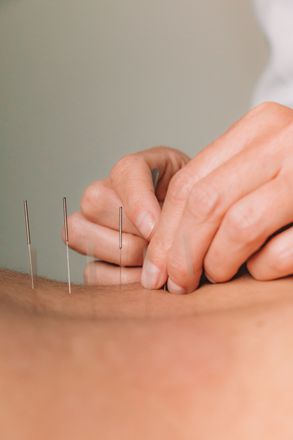
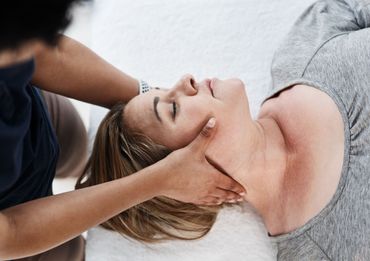

About Nigus Chiropractic & Acupuncture
At Nigus Chiropractic & Acupuncture, we believe in care that’s as individual as you are. Whether you're new to chiropractic or have been adjusted for years, Dr. Nigus offers both gentle and traditional techniques—always tailored to your comfort and needs. We use in-office X-ray analysis to take the guesswork out, so you get care that’s specific to your spine.
From adults to kids, we’re here to help you feel your best—naturally.
- Gentle and traditional chiropractic care tailored to you
- In-office X-ray imaging for more precise treatment
- Acupuncture and whole-body wellness care
- Chiropractic care for kids and adults
- Same-day appointments for existing patients
- Educational Lunch & Learn workshops for your workplace or community
Gentle, effective care for every stage of life.
Your Path to Better Health Starts Here
At Nigus Chiropractic & Acupuncture, we offer personalized care—from chiropractic to acupuncture—to support your body’s natural healing. Whether you're an adult, child, or expecting, we’re here to help you feel your best.
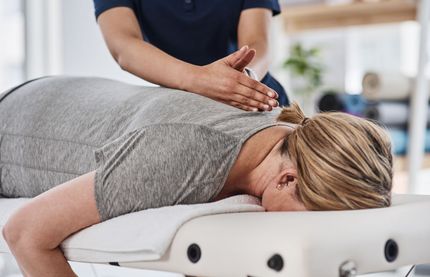
Chiropractic Care for Adults
Relieve pain, improve mobility, and support overall health with personalized chiropractic care for adults.

Chiropractic Care for Kids
Gentle, safe adjustments help support your child’s growing spine, nervous system, and overall well-being.
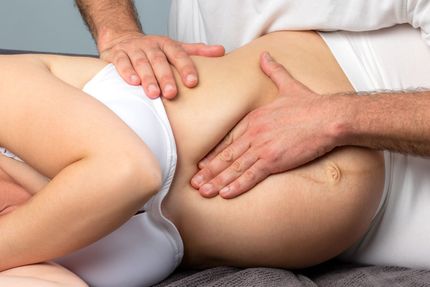
Chiropractic Care During Pregnancy
Ease pregnancy discomfort and prepare your body for birth with tailored prenatal chiropractic care.
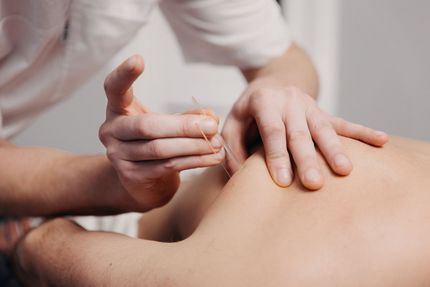
Accupuncture
Restore balance, relieve tension, and support healing through precise, effective acupuncture treatments.

Wellness Care
Stay proactive with regular chiropractic visits that help maintain alignment, reduce stress, and boost long-term wellness.
Ready to Feel Your Best?
Whether you're managing pain, supporting a healthy pregnancy, or just want to stay well, we're here to help.
Schedule your visit today and take the first step toward better health.
Care that’s personal. Results that last.
Why Choose Nigus Chiropractic & Acupuncture
At Nigus Chiropractic & Acupuncture, we tailor every treatment to your needs—offering gentle chiropractic care, acupuncture, and wellness support. With in-office X-rays, same-day appointments, and a whole-body approach, we’re here to help you feel, move, and live better.
Tailored Chiropractic Care
We offer both gentle and traditional techniques, adapting every adjustment to your comfort and goals.
In-Office X-Ray Imaging
Just like the dentist, we take X-rays when needed so we can see exactly what’s going on and treat your spine with accuracy.
Whole-Family Wellness
From kids to adults, we care for every member of your family—supporting you through every season of life, including pregnancy.
Acupuncture & Natural Relief
We combine chiropractic with acupuncture and holistic approaches to help you feel better from the inside out.
Same-Day Appointments for Existing Patients
Because life doesn’t wait when you’re in pain—and neither should your care.
Lunch & Learn Workshops
We bring wellness to your workplace or community with fun, informative sessions on posture, stress relief, and more.
Lunch & Learn Workshops
Bringing Wellness to Your Workplace—One Lunch at a Time
Looking to inspire your team or community with better health habits? Our Lunch & Learn Workshops are a fun, engaging way to do just that. Hosted by Dr. Nigus, these sessions combine expert education with real-life tools your group can use to feel better, move better, and work better.
Each workshop includes:
- A complimentary lunch (yes, we bring the food!)
- A short, engaging talk on topics like posture, stress relief, spinal health, or workplace ergonomics
- Time for Q&A and hands-on tips your group can put into practice right away
Whether you're a small business, school, or community group, we make wellness simple, accessible, and enjoyable.
👉 Interested in scheduling a Lunch & Learn? Contact us today to book a date or learn more!

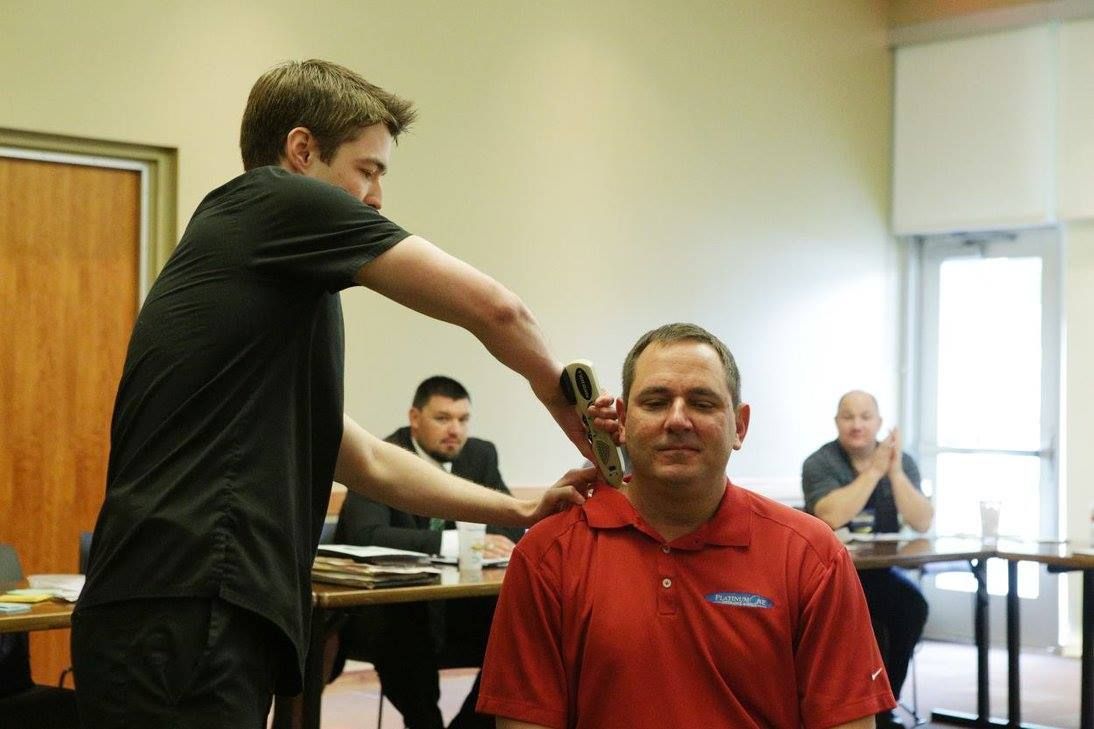
Take the First Step Toward Better Health
At Nigus Chiropractic & Acupuncture, we’re committed to helping you feel your best with personalized, gentle care. Whether you're seeking relief from pain, recovering from an injury, or focusing on long-term wellness, we're here to support you every step of the way.
- Same-day appointments available for existing patients!
- Proudly serving Overland Park, Leawood, Lenexa, Shawnee, and Olathe
Ready to Get Started?
Fill out the form below, and our team will reach out to schedule your visit!
Contact Us
We will get back to you as soon as possible.
Please try again later.


